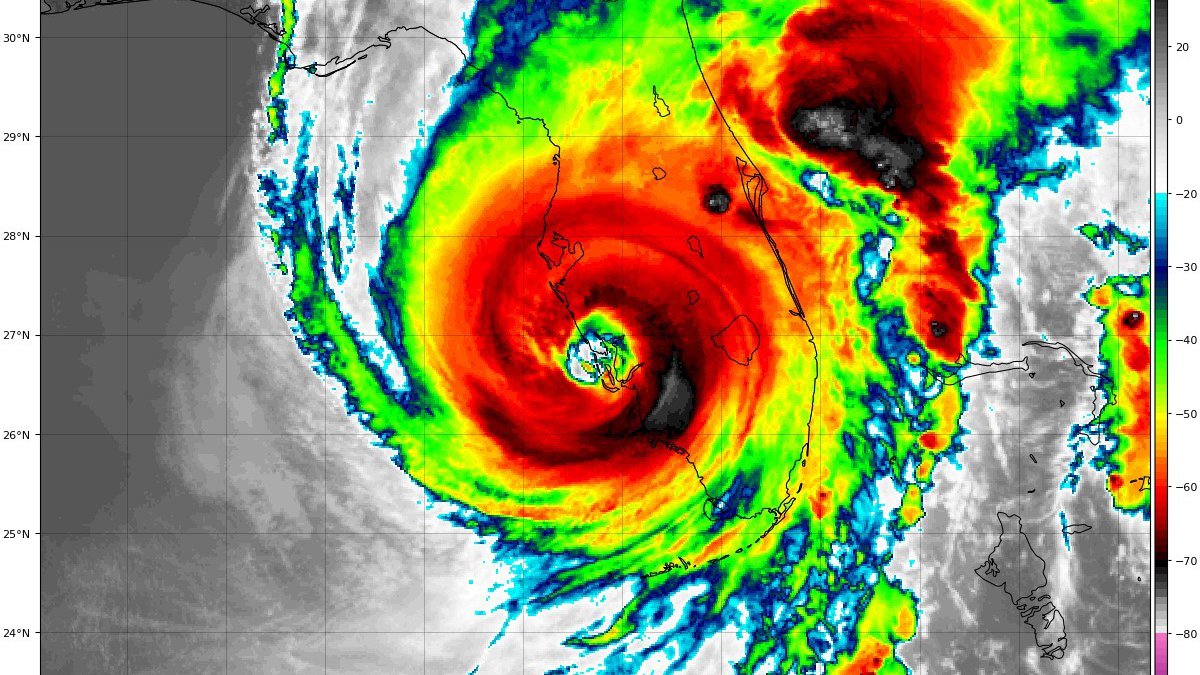
Compare the available options before you decide to purchase pet insurance. Below is a table that will help you get an idea of the offerings from each company. Be sure to pay close attention to rates, deductibles, waiting periods, and coverage options. This will enable you to choose the right policy for your cat and dog.
Rates
Rates of pet insurance vary depending on the age of your pet and the amount of coverage they require. Older pets may be more susceptible to illness and accidents so providers will charge more. Some policies don't cover older pets because they do not consider pre-existing medical conditions. Before you buy a policy, make sure to inquire about any discounts or benefits offered by your insurance company. Multi-pet discounts are also available.
Several studies have been published comparing rates of pet insurance policies. One study revealed that cats tend to be less expensive than dogs. It was found that cats tend to visit the vet less than dogs and therefore, are cheaper. When comparing rates, there are several factors you need to take into consideration.
Optional coverage
It is important to compare pet insurance coverage options. Some insurance companies provide complete coverage for all medical costs while others cover only certain health conditions. Many companies also require a deductible, which means you have to pay a certain amount up front. You can choose from a range of deductibles that range from $100 up to $500. This is important information to help you decide which one is right for you and your pet.

You should also compare the costs of veterinary care and the number of veterinarian visits that are covered. These policies cover only accidents and are generally less expensive than those which cover all illnesses. On the other hand, accidents-and-illness plans provide more coverage and cover most hospitalizations, procedures, and vet visits.
Deductibles
The deductible is one of the most important aspects to consider when shopping for pet insurance. Different companies have different minimum deductibles. Some companies offer a $0 or $1000 deductible. The amount that you pay will depend on your budget, age and pet's health.
You can choose an annual deductible or a per-condition deductible. The former is easier to manage and best fits most pet owners. The latter requires that expenses are tracked by date and condition. Because of this, the deductible to cover a new medical condition is different for every case. It could take longer for your insurance provider to reimburse you.
Waiting periods
You should consider the waiting period when choosing a pet insurance policy. These are required by the insurer to verify that your pet's health is good enough to be covered. The most common waiting period for policies is 30 days. However, this can vary. Some insurers have shorter waiting lists, while others require a longer wait. Trupanion for instance has a 30-day waiting limit for illness coverage.
There are many conditions that can be excluded from pet insurance coverage, and the waiting periods for coverage are different. Most policies include a waiting period for certain conditions, such as cruciate injury. Dogs with hip dysplasia, for example, may need to wait longer than dogs with cruciate injuries.

Reimbursement percentage
The reimbursement percentage of your pet insurance policy could affect the total cost. Some companies have higher reimbursement levels than others. A reimbursement percentage of 80% means that your insurance will cover at least 80% of all covered expenses. This means that you will only be responsible to $200 for your dog's injuries. But, if your pet has a chronic condition that needs constant care, you may have to pay more.
Most pet insurance plans have reimbursement percentages between 80% and 90%. Higher reimbursement percentages are associated with a higher cost plan. Additionally, every claim must be submitted with a deductible. The most common amounts of deductible are $100, $200, or $500.